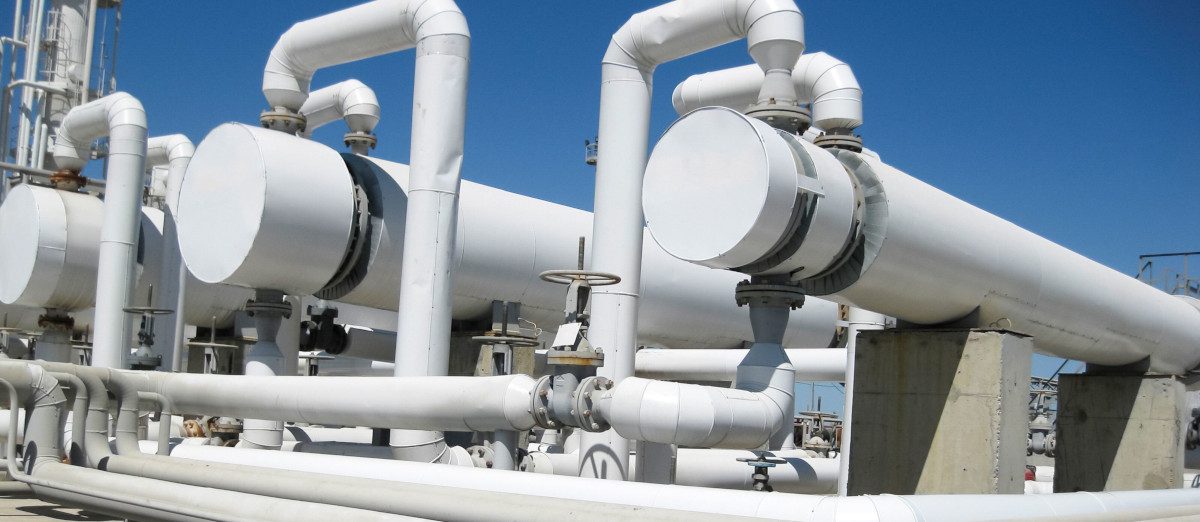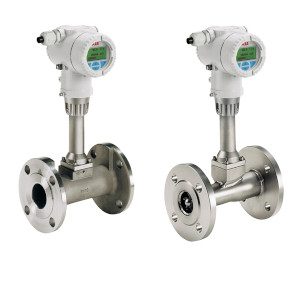
Hydrogen has enormous potential as a clean and abundant energy source. However, harnessing it on a large scale using conventional technologies and techniques is not straightforward. ABB’s Jon Davison, Product Manager – Temperature & Pressure, explains how recent developments in measurement technologies can help to meet some of the challenges involved, and potentially bring about a new hydrogen revolution.
Hydrogen is the most abundant chemical substance in the universe, constituting roughly 75 percent of all normal matter. It is colourless, odourless, tasteless, non-toxic, and highly combustible. All of these factors combine to make hydrogen a potential game-changer in the production of clean energy, if it can be produced safely and sustainably.
Transitioning from a fossil fuel economy to a renewable one undoubtedly presents challenges. Moreover, there is no “silver bullet” that can deliver a zero carbon society overnight. However, by utilizing technologies already established today, hydrogen could unlock rapid progress on the road to a more sustainable future.
What’s driving the shift to hydrogen?
If society is to reach net zero within the timeframe set out by the Paris Agreement, then this will require a major shift in how we produce our energy. Renewable energy sources such as wind and solar are a key part of any future energy mix, however these sources are by their very nature intermittent. Whilst this can be mitigated against up to a point with sophisticated grid design and adequate redundancy, it is still prudent to have constant sources of energy to fall back on. Traditionally, this has meant coal, nuclear and natural gas. However, all three of these are to at least some extent considered problematic within the context of net zero.
Hydrogen on the other hand is abundant and relatively accessible, in some cases utilising existing infrastructure. As the effects of climate change become more visible and more damaging, new solutions are increasingly needed to accelerate the transition to clean and low carbon energy. Energy security is also a major factor driving a shift to more sustainable energy, with many countries seeking to become increasingly self-sufficient amid rising energy prices and geopolitical volatility.
Hydrogen as an element is itself invisible. However, when it is purposed as an energy source, it is classified according to its production method, and each one has its own colour. While naming conventions vary from region to region, hydrogen can be grey, blue, green, black, brown, pink, yellow or turquoise depending on how it is produced.
At the bottom of the scale we have black and brown hydrogen, which are the most environmentally damaging. In these processes, the CO2 and carbon monoxide generated during the hydrogen production process are not recaptured. Grey hydrogen is currently the most common form of hydrogen, and this is generated from natural gas or methane through a process called steam reforming.
Blue hydrogen takes this a step further, by capturing the carbon generated during the steam reforming process, and storing it underground in a process commonly known as carbon capture and storage (CCS). This method this is a vast improvement on black, brown and grey hydrogen in terms of its environmental impact. However, it cannot be considered a completely carbon free fuel source, as not all the carbon generated during the process can be captured. Furthermore, storing carbon in the ground is inherently unsustainable.
Green hydrogen is the holy grail of hydrogen production. This is where hydrogen is produced by electrolysis to split water into hydrogen and oxygen. The electricity is provided from renewable sources and produces little to no carbon emissions. Green hydrogen is a clean burning fuel, and produces only water as its by-product. Whilst green hydrogen has been demonstrated on a small scale, the technology and processes have not yet been developed to facilitate its production on larger scales.
Stepping-stone approach
Until we have the technology and infrastructure for widespread production of green hydrogen, blue hydrogen is the next best thing. To that end, whilst blue hydrogen is an imperfect solution in and of itself, it is a vital facilitating technology or stepping stone towards carbon-free energy. Technological advancement in the modern age occurs in increments rather than paradigm shifts, and it is widely considered that large scale green hydrogen production cannot be achieved without first mastering production of blue hydrogen.
CCS is therefore also an important part of the journey towards zero emission energy production. CCS is seen as controversial by some, however, it is important to remember that it is not and should not be considered an overnight solution to net zero. Rather, it is a stepping stone for the wider shift to green hydrogen and emissions-free energy generation. In an ideal world we would immediately transition to a carbon-free existence, however this is simply not realistic without significant societal disruption. Economies need time to adapt, technologies need time to evolve, and infrastructure projects need time and investment before they can be brought to life. Blue hydrogen, and by extension CCS, can pave the way for the cost-effective and rapid scaling up of green hydrogen production in the future.
Accurate measurement in hydrogen production
Production of both blue and green hydrogen, particularly on a large scale, is not without its challenges. Processes must be controlled with a high degree of precision to ensure effective and safe operation, while achieving maximum productivity, efficiency, and purity of the hydrogen gas end product. Effective control of these variables requires effective measurement.
When moving a quantity of hydrogen from one place to another, you need to know exactly how much product is involved in the transfer, not least for billing and taxation purposes. This is typically achieved through flow measurement. Pressure measurement is also important to ensure that pipes and other infrastructure will not burst or otherwise compromise the integrity of the process.
Compressing or decompressing hydrogen gas will cause it to generate or lose heat. Generating too much can cause it too ignite, and so temperature must also be measured for safety purposes. Quality is also important. Most hydrogen sold on the market is not 100 percent pure hydrogen, as additives such as nitrogen may be added in small quantities. Both buyer and seller therefore need to know what the ratio is of pure hydrogen to additives in order to determine the price, and provide transparency for the wider market.
Measurement of hydrogen can produce its own unique challenges. For instance, permeation is a specific problem on pressure instruments. These have a thin membrane inside, through which gases, vapours and fluids can penetrate. Over time this will eventually cause calibration shift, which can be a serious problem when it risks disrupting critical measurements. Choosing the right measurement technology for the right application is vital to ensure that processes remain effective and safe at all times.
Crucially, whilst some measurements are more important than others at certain stages, measurement of flow, pressure, temperature and quality are all required to at least some extent. Doing so allows companies to get a complete picture of what is going on throughout the production, distribution and transportation stages.
Achieving net zero will necessarily require a substantial scaling down of oil & gas exploration and operations across the world. However, oil & gas is a very mature industry, and many economies remain heavily dependent it for income, trade and energy security. This can therefore represent a major barrier to progress on climate goals.
Hydrogen can potentially help to smoothen the transition here. As well as replacing conventional fossil fuels as a tradeable commodity, much of the infrastructure, technology and expertise required for large-scale hydrogen production has already been developed and perfected for the oil & gas industries. CCS is an example of a technique that can provide benefits in the short-term for oil & gas processes, with carbon injected into existing wells to provide a greater yield.

Taking the next steps towards a hydrogen future
Because hydrogen production is a relatively new industry compared to oil & gas, the regulatory framework surrounding it is not nearly as sophisticated. Progress is needed quickly to scale up this framework to ensure that it can keep pace with a simultaneous scaling up of hydrogen infrastructure. For instance, many standards that apply to gas meters, conversion devices and software in oil & gas applications are not applicable to hydrogen. This needs to change, and the major stakeholders across the hydrogen landscape need to come together to establish and harmonise workable standards for the wider industry.
ABB is a major supplier of measurement solutions for both fossil fuels and the production of renewables, and is currently actively involved in these discussions. It has also developed a range of new solutions geared specifically to the hydrogen industry. These include the “H-shield”, which is used on pressure, level and flow measurement products as a superior and more cost-effective alternative to conventional gold plating, and provides extremely high resistance against hydrogen permeation.
ABB has also developed a range of non-invasive solutions as an alternative to traditional thermowells, building upon the company’s vast experience in oil & gas measurement technologies. Digital tools can help to support operators in ensuring that their devices are accurate and error-free at all times, and facilitate a shift to predictive maintenance and remote operation.
For more information about ABB’s Measurement & Analytics hydrogen portfolio, visit: https://new.abb.com/products/measurement-products/hydrogen








